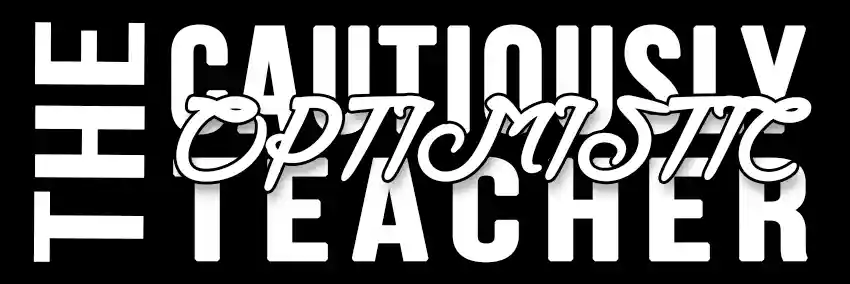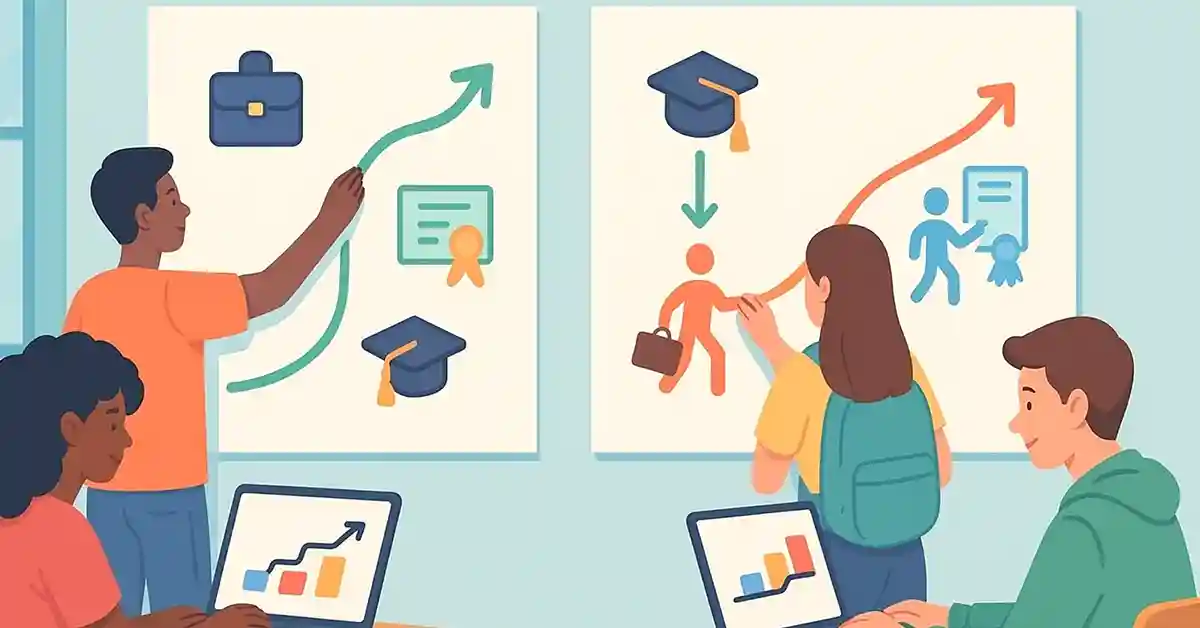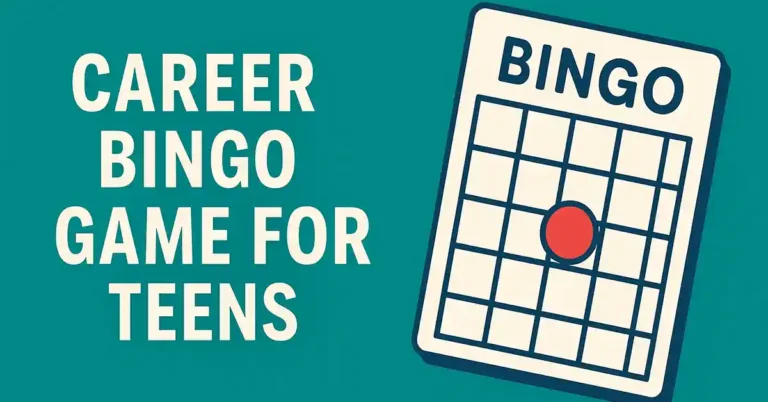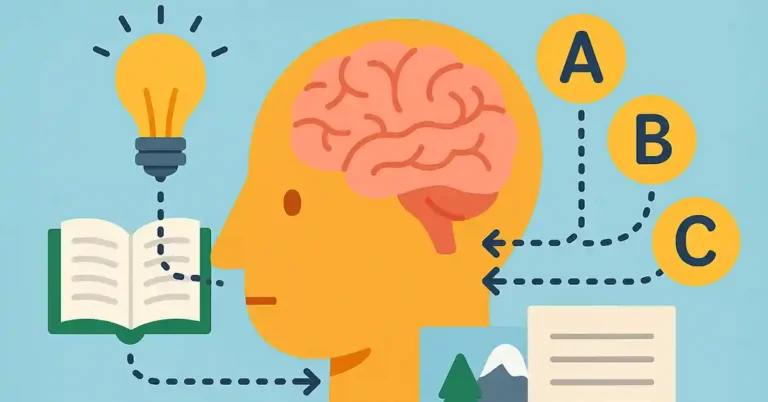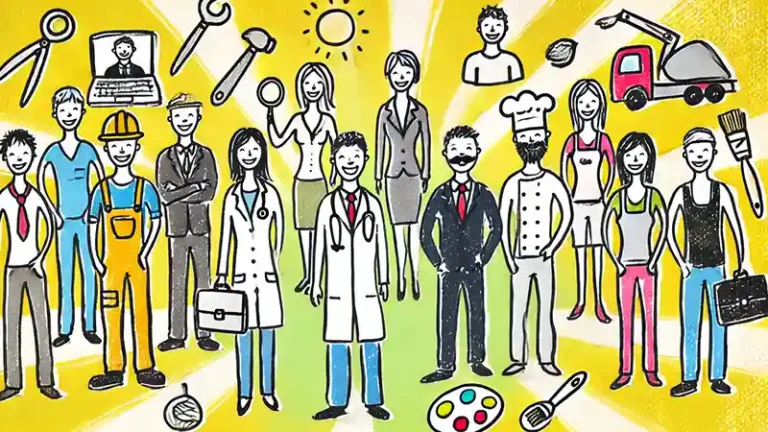Professional Timeline Lesson Plan: Guiding Students From Classroom to Career
If you’ve ever fielded the classic “When will we ever use this?” question, a professional timeline lesson delivers the answer in bold, neon letters. By asking students to research and plot the schooling, trainings, and real-world experiences required for a chosen career, you help them connect classroom learning to tangible futures. More than a one-off project, this activity cultivates goal-setting, information-literacy, and self-advocacy skills they’ll need long after the final bell rings.
Learning Objectives
By the end of this lesson, students will:
Research the sequential education and career milestones of a selected profession.
Organize those milestones on a chronological timeline.
Analyze how academic choices, extracurriculars, and certifications contribute to career progression.
Reflect on personal interests and align them with post-secondary pathways.
Materials & Digital Alternatives
Printer paper or poster paper (for physical timelines)
Rulers, colored pens/markers, sticky notes
OR digital timeline tools such as Google Slides, Canva, Sutori, or Padlet
Access to career-planning websites (e.g., O*NET, college program pages, professional associations)
“Professional Timeline Planning Sheet” handout (optional)
Lesson Duration
Two 60-minute class periods plus an optional showcase session.
Step-by-Step Lesson Plan
1. Hook (10 minutes)
Project a sample timeline of an eye-catching profession—say, a video-game narrative designer. Highlight milestones like Bachelor’s in Creative Writing, Unity certification, indie game jam experience, and studio internships. Ask: Which milestone surprised you? Where could a misstep create delays? This cultivates curiosity before students dive in.
2. Career Choice & Initial Brainstorm (15 minutes)
Let students pick a profession that piques their interest or assign one aligned with current curriculum (STEM, arts, healthcare, etc.). Provide five minutes for a rapid brainstorm: What degrees, licenses, or early jobs might appear on that timeline?
3. Research Phase (25 minutes)
In pairs or individually, students scour reliable sources—university program pages, trade-school catalogs, professional guild sites—to answer:
Minimum education level required?
Typical length of study?
Exams, licenses, or certifications?
Recommended internships, apprenticeships, or volunteer roles?
Entry-level job titles vs. mid-career positions?
Model advanced searching tricks (site:edu filters, quotation marks) to reinforce digital-literacy standards.
4. Drafting the Timeline (Second Class—30 minutes)
Analog route: Students draw a horizontal line spanning grades 9–12 and then ages 18–30. They label each stop with dates, requirements, and a brief rationale.
Digital route: They drag milestones onto a virtual canvas, hyperlinking each item to its data source for easy citation. Encourage color coding (education, work experience, credentials) to visualize patterns.
5. Peer Feedback Carousel (15 minutes)
Students circulate—physically or via breakout rooms—offering “Glow & Grow” feedback: one aspect that shines, one suggestion to clarify or strengthen. This cultivates an iterative design mindset.
6. Reflection & Goal-Setting (15 minutes)
Prompt students to journal: Which milestone feels most achievable right now? Which one intimidates you, and what support could make it attainable? Link the exercise to growth mindset and guidance-counseling objectives.
Assessment & Extension
Formative Checks: Exit tickets where students list one newfound requirement for their profession.
Summative Product: Completed timeline graded with a rubric measuring research accuracy, chronological logic, and presentation clarity.
Extension Ideas:
Invite industry professionals for Q & A sessions that reinforce or challenge students’ findings.
Have students record a two-minute elevator pitch walking through their timeline, practicing public-speaking skills.
Introduce comparative analysis: How does becoming a registered nurse differ from becoming a biomedical engineer? What transferable milestones overlap?
Differentiation Tips
For diverse reading levels: Provide annotated resource lists or pre-curated article excerpts.
For multilingual learners: Allow timelines in first language with English glossaries; pair verbal presentations with visuals.
For advanced students: Incorporate salary data, geographic demand trends, or projected automation impacts to elevate critical-thinking depth.
Integrating Digital Literacy & SEL
Researching credible sources fulfills curriculum standards in information literacy, while plotting personal ambitions addresses social-emotional competencies like self-management and responsible decision-making. The professional timeline lesson becomes a holistic bridge between hard data and heartfelt dreams.
Classroom Management Hacks
Establish “research zones” (quiet corners, headphone-friendly tables) to minimize distraction.
Use a digital countdown timer during each phase; visible structure keeps momentum high.
Encourage students to pin inspiring quotes or mentor advice onto their timelines—a morale booster and conversation piece.
Closing Thoughts
A professional timeline lesson transforms abstract future talk into a concrete, visual journey students can own. It invites them to zoom out from today’s algebra quiz and see how mastering problem-solving or persuasive writing can literally map their road to a dream career. With every milestone sketched, students practice agency, curiosity, and strategic planning—skills as essential as any diploma.
